EVERYTHING YOU NEED TO KNOW ABOUT THE MEDAL OF HONOR
- By Alex Hollings
Share This Article
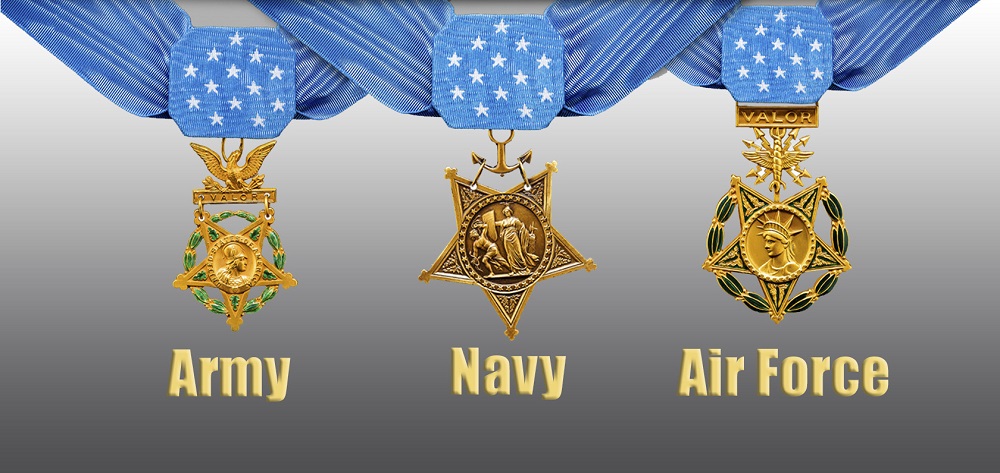
The Medal of Honor is the highest award for military valor bestowed by the United States of America, and has earned a rightful place in the popular culture of our nation. In a country where there is often a significant gap between the military community and civilian populace, the Medal of Honor reaches beyond the cultural gatekeeping of military service to the nation as a whole: Whether you have an affiliation with the United States military or not, we all recognize the award as representative of some of America’s most important ideals: bravery, courage, sacrifice, and integrity.
But beyond the basic premise of the award, many may not know much about the history of America’s greatest military honor.
It was invented by an Iowa Senator
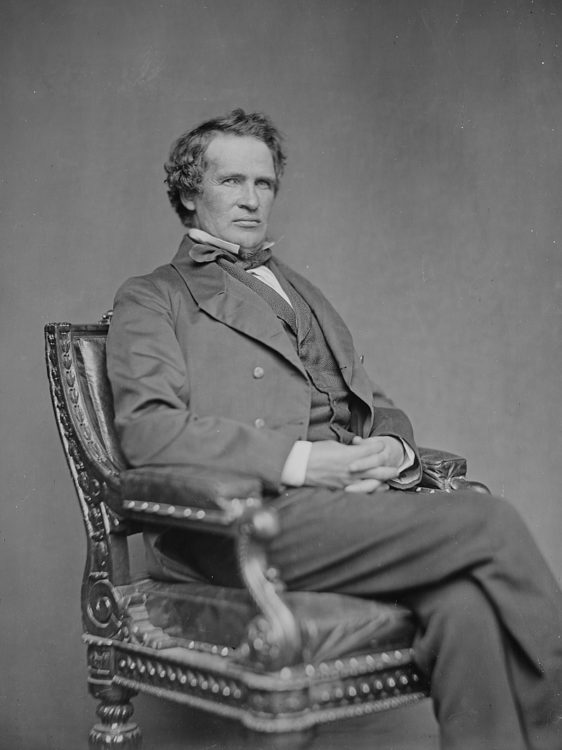
James Grimes, a Whig and then Republican Senator our of Iowa, held office during America’s Civil War and beyond, working first to prevent the war and then as a part of reconstruction thereafter. In December of 1861, with the Civil War raging, Grimes submitted a bill authorizing the issuance of “medals of honor†to be presented to enlisted Seamen and Marines who “distinguish themselves by gallantry in action and other seamanlike qualities†during the conflict.
Today’s Medals of Honor have seen significant changes since Senator Grimes first proposed them, both aesthetic and legislative, but the intent behind the award remains unchanged. Since the very inception of this nation, service members have fought to defend their nation’s populace, and the freedom they hold so dear. This service warrants recognition in itself, but among these warriors are those who go even further, who risk greatly on behalf of others, who make sacrifices for their brothers and sisters in uniform, for their nation, and for us all. These pivotal characters deserve a higher distinction than more pervasive awards for valor. These heroes deserve the Medal of Honor.
The first battle that earned a Medal of Honor happened before the medal existed
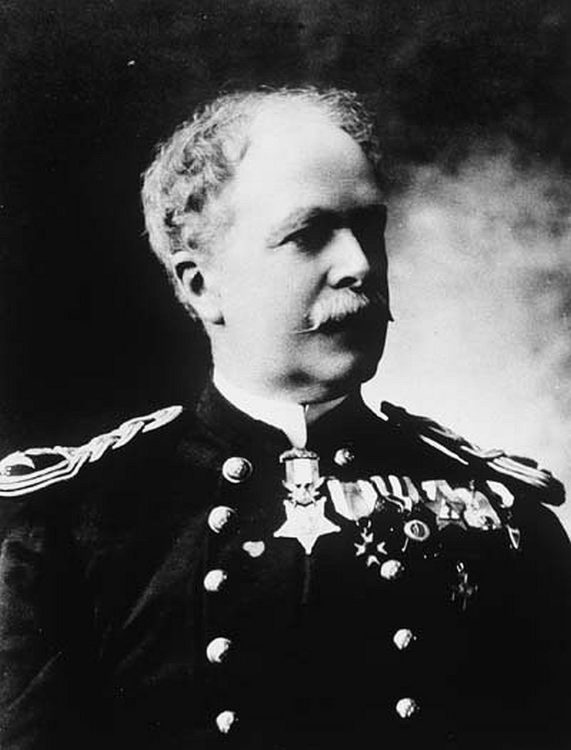
On February 13, 1861, Bernard J. D. Irwin (later, Brigadier General Irwin) was the first person to earn a Medal of Honor in battle, though the award itself would not be proposed for nearly another year.
Irwin and 14 of his men pursued a group of Native Americans who had taken American troops hostage. Irwin and his men caught up with the group, and rather than immediately engaging, he quickly and quietly distributed his troops around the area, allowing him to act as though he had a far larger force with him than it seemed.
The ruse worked, and the Native Americans fled, leaving Irwin and his team to recover most of the hostages. They then pursued the captors until successfully recovering a kidnapped boy, the last hostage. Irwin wouldn’t be presented with the Medal of Honor for his heroism until more than three decades later.
Officers were not eligible
With Medals of Honor established for the Navy and Marines, and another for the Army by 1863, it wasn’t until March of that year that Army officers became eligible for the award. Officers in the Navy and Marine Corps wouldn’t become eligible for nearly fifty more years.
There are actually three different Medals of Honor
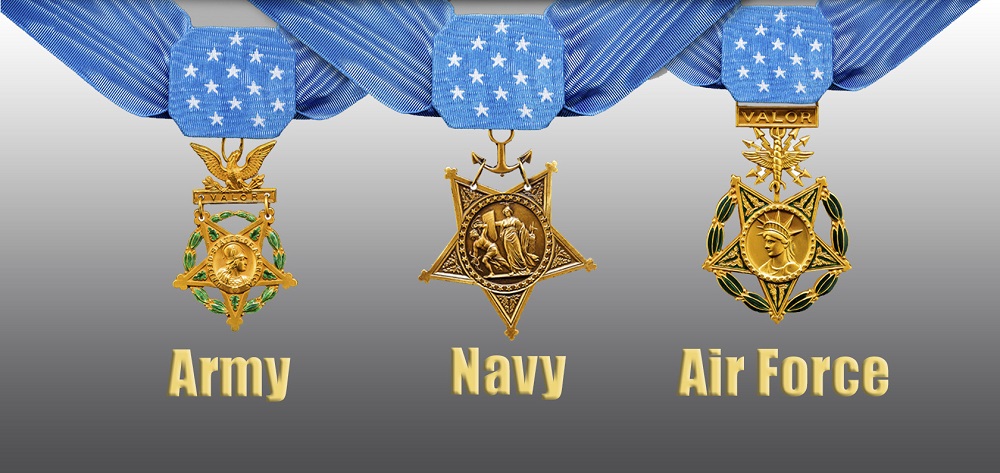
The first Medals of Honor, as proposed by Senator Grimes, were specifically for enlisted Sailors and Marines in 1861. The Army followed suit, establishing their own Medal of Honor in 1862. The U.S. Air Force would not have a Medal fo Honor for nearly another century, first introduced in 1965.
Today, there is one Medal of Honor for the Army, one for the Air Force, and one for the Navy, Marines, and Coast Guard.
What does it take to earn a Medal of Honor?

The short answer is, performing above and beyond the call of duty in the face of danger tends to be the sort of action that leads to receiving a Medal of Honor. The formal language established by Congress in 1963 says it can be awarded for heroism:
- While engaged in an action against an enemy of the United States
- While engaged in military operations involving conflict with an opposing foreign force
- While serving with friendly forces engaged in armed conflict against an opposing armed force in which the United States is not a belligerent party
The U.S. Army took back 911 Medals of Honor
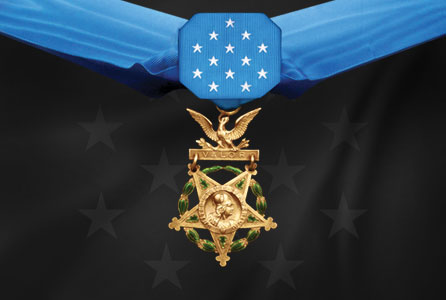
New designs and regulations pertaining to the Medal of Honor continued to find their way into the books, prompting the U.S. Army to revisit each of the Medals of Honor they had awarded in the past. An Army board was convened, tasked with pouring over the reports and associated documents relating to each Medal of Honor awarded to Soldiers in their branch.
By 1917, the audit was complete, and the U.S. Army had removed 911 Medals of Honor from Soldier’s service records, saying that they had been “erroneously bestowed.”
It comes with a paycheck

There are a number of military and civilian benefits associated with being awarded the Medal of Honor, and at least two come in the form of cold hard cash.
Living Medal of Honor recipients received a monthly pension of $1,406.73, as well as a supplemental clothing allowance of $841.36 once a year. Medal of Honor recipients also see a 10% increase in their retirement pay.
In 2013, timeliness became a factor

Rules and regulations pertaining to the Medal of Honor continued to mature over the decades. By 2013, Congress voted on new rules for how and when the award can be bestowed.
Today, a Medal of Honor recipient must be recommended for the award within just three years of the combat action prompting the recommendation, and the award must be presented within five. It’s important to note, however, that exceptions can be made through legislation, as may soon be the case with former U.S. Army Soldier Alwyn Cashe.
Related Posts
Sandboxx News Merch
-

‘AirPower’ Classic Hoodie
$46.00 – $48.00Price range: $46.00 through $48.00 Select options This product has multiple variants. The options may be chosen on the product page -

‘Sandboxx News’ Trucker Cap
$27.00 Select options This product has multiple variants. The options may be chosen on the product page -

‘Kinetic Diplomacy’ Bumper Sticker (Black)
$8.00 Add to cart

Alex Hollings
Alex Hollings is a writer, dad, and Marine veteran.
Related to: Military History

How Colombia’s drug cartels almost bought a Soviet submarine

How much does it cost to train an Air Force pilot? A LOT

Lockheed Martin’s ‘Vectis’ promises to be the most advanced drone fighter ever built

Why the Navy never put the F-22 on aircraft carriers
Sandboxx News
-

‘Sandboxx News’ Trucker Cap
$27.00 Select options This product has multiple variants. The options may be chosen on the product page -

‘AirPower’ Classic Hoodie
$46.00 – $48.00Price range: $46.00 through $48.00 Select options This product has multiple variants. The options may be chosen on the product page -

‘AirPower’ Golf Rope Hat
$31.00 Select options This product has multiple variants. The options may be chosen on the product page -

‘Sandboxx News’ Dad Hat
$27.00 Select options This product has multiple variants. The options may be chosen on the product page
